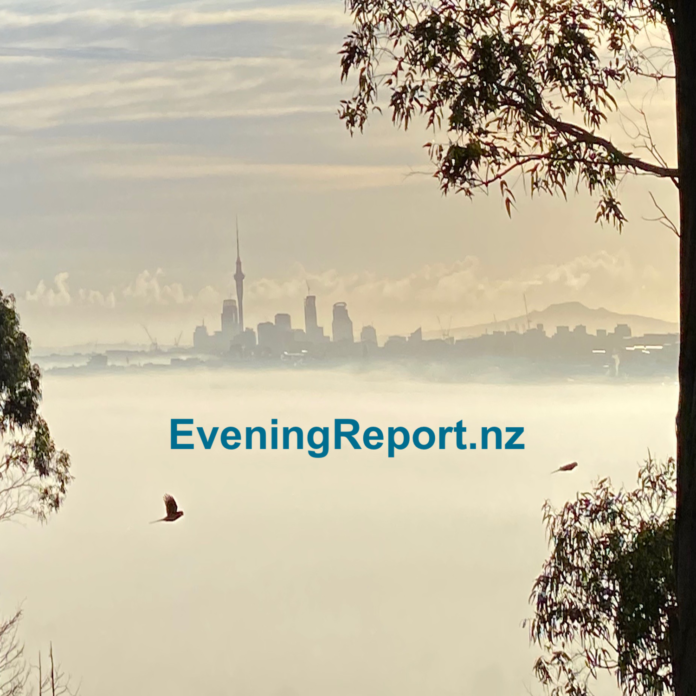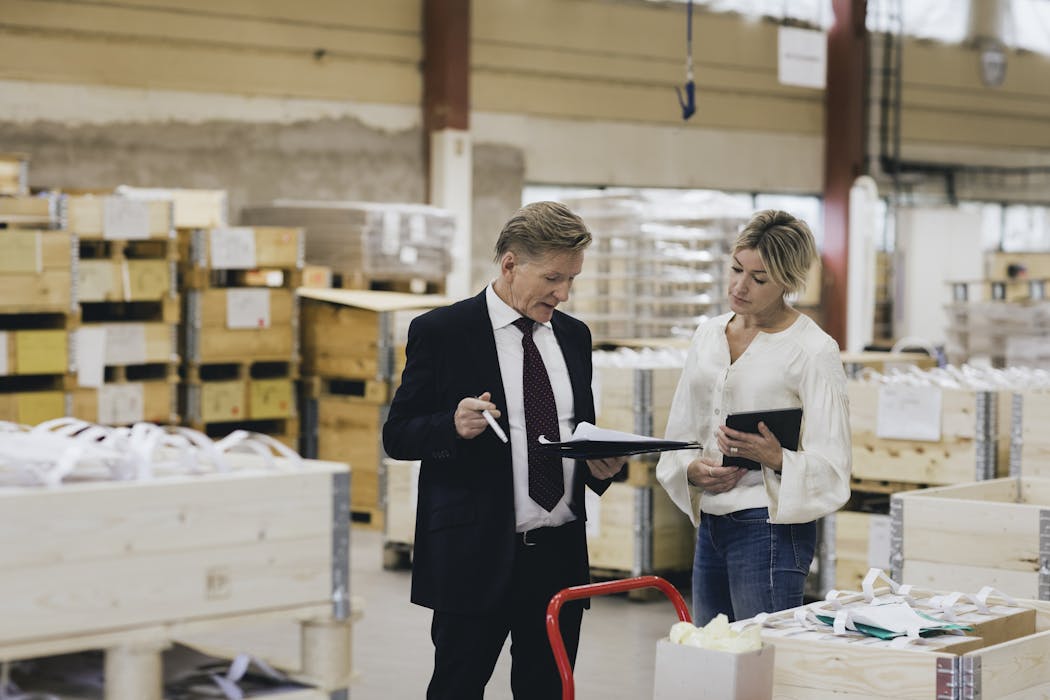Source: Radio New Zealand
Police at the location of one of the campsites just off the Te Anga Road near Waitomo where Tom Phillips had been hiding for the last four years. Dean Purcell/New Zealand Herald via Getty Images
A hearing challenging extensive restrictions that prevents the media from publishing certain details related to the investigation into Tom Phillips is under way.
Phillips died following a shootout with police after they were called to reports of a burglary in the early hours of 8 September.
On 8 September lawyer Linda Clark, acting for Tom Phillips’ mother, went to the High Court in Wellington seeking an urgent injunction.
The injunction – which prevented media, police and Oranga Tamariki from publishing certain details related to the case – was granted by Justice Helen Cull.
A further hearing was held in the Hamilton High Court on Monday.
Media are only permitted to report the fact of the hearing, which continues on Tuesday, and the fact that it involves challenges to existing reporting restrictions including those ordered by the Family Court.
Last week, the government announced an inquiry into the handling of the case by authorities and whether all “practicable steps” were taken to ensure the safety and welfare of the Phillips children.
Attorney-General Judith Collins said the decision to establish a public inquiry “reflects the significant public interest and concern for the children’s welfare over the almost four years they were missing”.
“It is important that we establish the facts and determine whether agencies could take steps to prevent, or resolve similar situations more quickly and effectively in the future,” Collins said.
Attorney-General Judith Collins. Nick Monro
The terms of reference had been developed with the privacy and welfare of the children in mind. The inquiry would therefore be conducted in private and without public hearings.
A spokesperson for the Phillips family released a statement to RNZ.
“We welcome any inquiry that helps ensure this never happens to another family ever again.”
Collins said the inquiry must also respect the independence of the courts and would not include findings on judicial decisions.
Police have also welcomed the announcement of the inquiry, saying they “recognise the significant public interest in this matter and the decision that a robust and independent review is required”.
The Honourable Justice Simon Moore, KC, has been appointed as the sole member of the inquiry, with a final report and recommendations to be delivered by 21 July 2026.
Family court injunction
A second injunction was granted in the Family Court in Hamilton on 15 September.
A redacted version of Judge Garry Collin’s judgement was earlier released to RNZ.
Judge Collin said there was a “great deal of public interest in the Phillips’ children”, which he said was reflected in media reports and posts on social media.
“It is not in their short or long-term welfare that their experiences are subject to public curiosity or scrutiny.
“They should not be the subject of speculation, nor is it in their welfare and best interests that any information is released.”
He said the media and “public appetite” must be subject to the children’s right to privacy, their protection as vulnerable young victims, and their ability to integrate back into society “without everyone knowing their story”.
“Their views, and rights to participate in the making of decisions about what is written and said about them, needs to be respected. The children need to be able to do this in private, and in their own time.”
Judge Collin said the court was the “guardian of the children”, and had responsibilities “akin to those of a parent”.
“A responsible parent would resist the publication of private sensitive information unless for good reason they considered it to be advantageous.
“In the modern age, information does not disappear with time. What is published may never be removed and may follow these children throughout their lives.”
He said without the children, “there would have been no more than a passing interest in Mr Phillips”.
“This story is not about Mr Phillips but about his children. They were young children when they went in and were young children when they came out. Currently no child in New Zealand is likely to be more vulnerable than they are.”
He understood no-one in the family consented to any further information about the children being published.
Judge Collin said although there may be jurisdictional issues which were better resolved by the High Court, he made interim injunction orders.
He said there may be an issue as to whether he could grant an injunction when the High Court had already done so, or make a restraining order “on more restrictive terms” than made by the High Court.
“These are not issues I intend to deal with today because I do not have the time, and they are in my view, more rightly determined by the High Court.
“Consequently, I intend to make wide ranging restrictions on publication and leave it to the High Court to resolve any jurisdictional issues that exist when the proceedings are next called, or by way of judicial review.”
He made several orders, including an appointment of the court as the guardian of the children to remain, and an interim injunction.
The injunction included restraining anyone from the publication of any documentary, film, or book that referred to the children.
Sign up for Ngā Pitopito Kōrero, a daily newsletter curated by our editors and delivered straight to your inbox every weekday.
– Published by EveningReport.nz and AsiaPacificReport.nz, see: MIL OSI in partnership with Radio New Zealand











